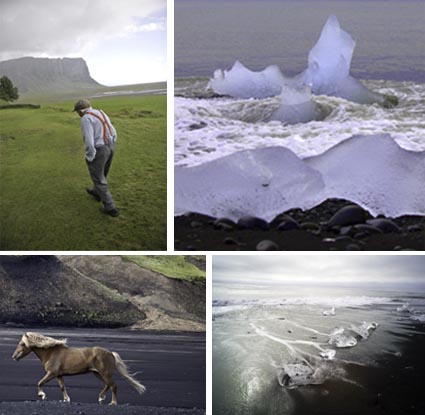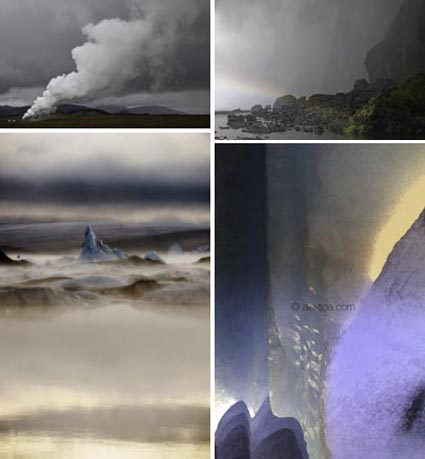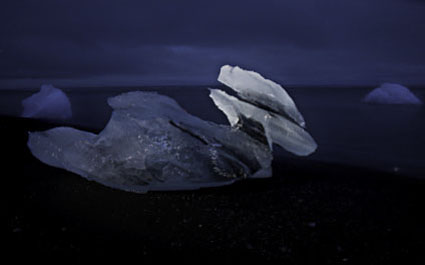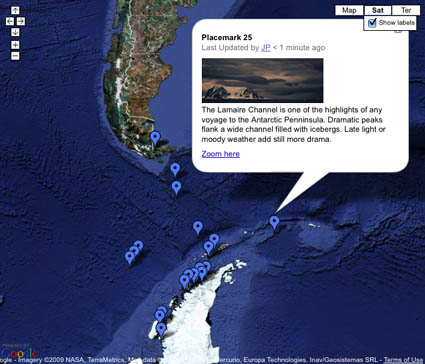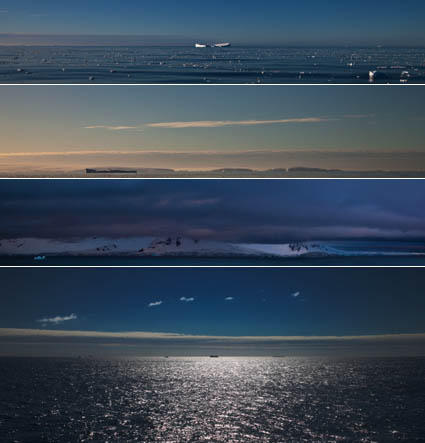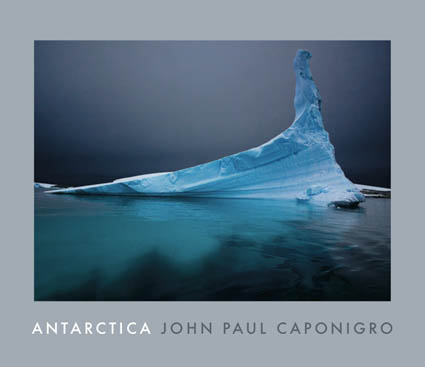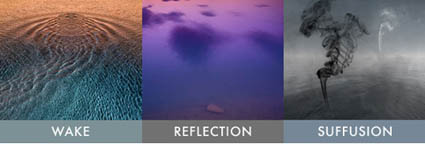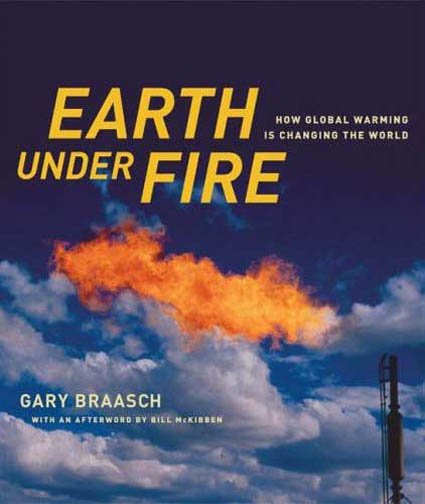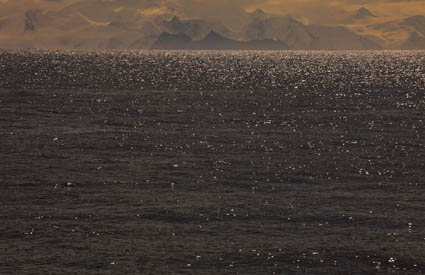
In my boyd of work Antarctica, I’ve limited my photographic practices to the standard practices accepted by most editorial photographers and expected by most media outlets: cropping; despeckling but not retouching; ; noise reduction; sharpening; little or no local color adjustment; no compositing, except for panoramic stitching. I’ve deliberately not released obviously related highly altered images within this body of work, nor do I currently display highly altered images in the same context. Interestingly, there are few clear published guidelines for what is considered acceptable practice today, even though there are many controversies over specific examples released by various media outlets.
In many ways, contemporary culture is experiencing a media crisis. Standard media channels no longer enjoy the credibility they once did. There are fewer and fewer of them and they are operated under continually shrinking budgets, while trying to respond to demands for increasingly diverse content and increasingly rapid response. Now more than ever we need a rigorous and sustained dialog on media practices, from creation through delivery, from professionals and amateurs alike. And we need new media products. Many of us today have become outsider journalists or non-professionals who impact the media sphere. New technology has enabled us to share our images with a wider public through unvetted channels. This is changing media, culture, and history. Blogs broke the news of an American president’s infidelities. The Associated Press released software applications that allow anyone to upload images from a cell phone for possible use in news media outlets. The use of the social network Twitter shifted political events in Iran. In many respects, I’ve become an outsider journalist. I’ve shared my work in Antarctica in many ways; fine art exhibitions; limited edition posters; publications featuring fine art; print on demand books; lectures at universities, trade organization meetings, and trade shows; blogs, including live posting from Antarctica; social networks; accompaniment to technical literature; and advertising for new technology to name a few. I hope to raise awareness and stimulate constructive dialog about media issues at the same time I raise awareness of the subjects of my work.
To one degree or another we are all involved. We all have a role to play in evolving media; at a minimum we consume, discuss, and value it; at a maximum we produce it. I encourage you to increase your awareness of and involvement in these issues. We enjoy extraordinary possibilities, freedoms, and responsibilities.
Read more here.
Get priority status in my Antarctica 2011 workshop.
Email info@johnpaulcaponigro.com.
